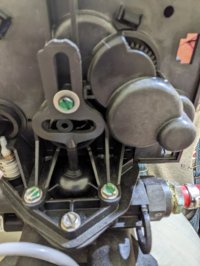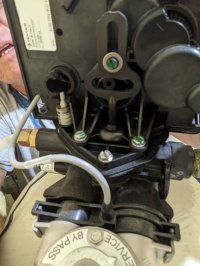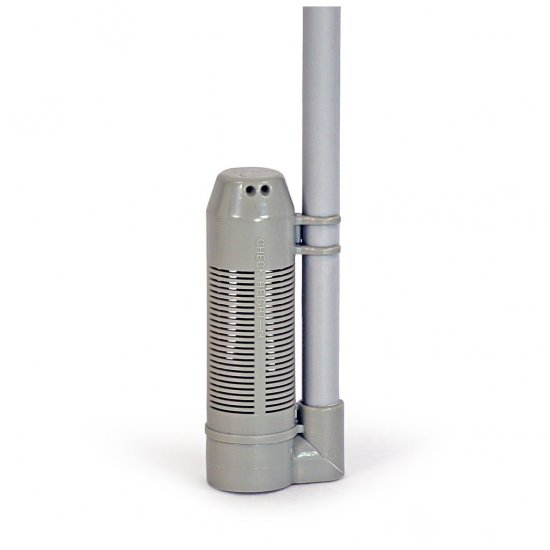James Herrin
Member
My softener is just over a year old. It has never produced nice soft feeling water. I had an older thread- 5800 SXT settings help and got some help from Reach4 with my settings (Thanks again!), but now I have other issues. 3 weeks later the water is feeling really hard and so I decided to do some investigating. I noticed the water level in my brine tank (18x40) is much lower than before. The salt level in the tank has not changed lately even though there were a couple of regens. I decided to check for a salt block and removed most of the salt from the brine tank. I have a support grid in the bottom of the tank. It is about 11" tall. My water level is below the top of the grid so the water is not in contact with the salt. That does not sound right. Next I decided to do a manual regeneration to see if I could figure out what is going on. I increased the brine fill from 27 minutes to 40 minutes to see if that made a difference. I filled my brine tank completely full of water and let it sit overnight so I could hopefully bring my resin back to life. I ran the regen this morning, the brine draw emptied all the brine out leaving about 2" of brine in the bottom. My brine fill ran for 40 minutes and raised the level to about 11" which is not even above my grid. Any ideas on what might be going on?



